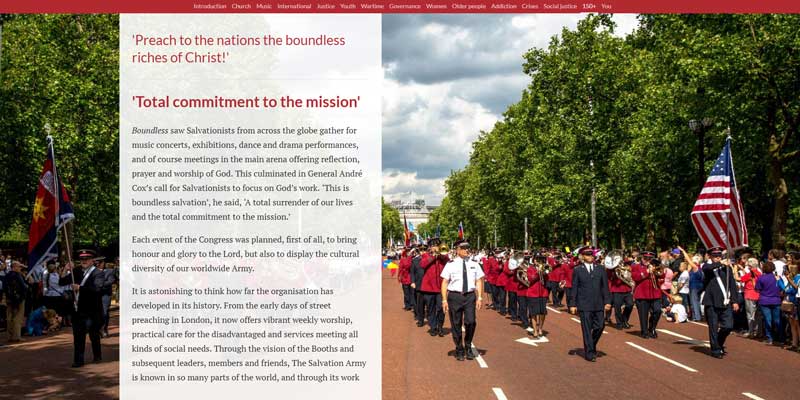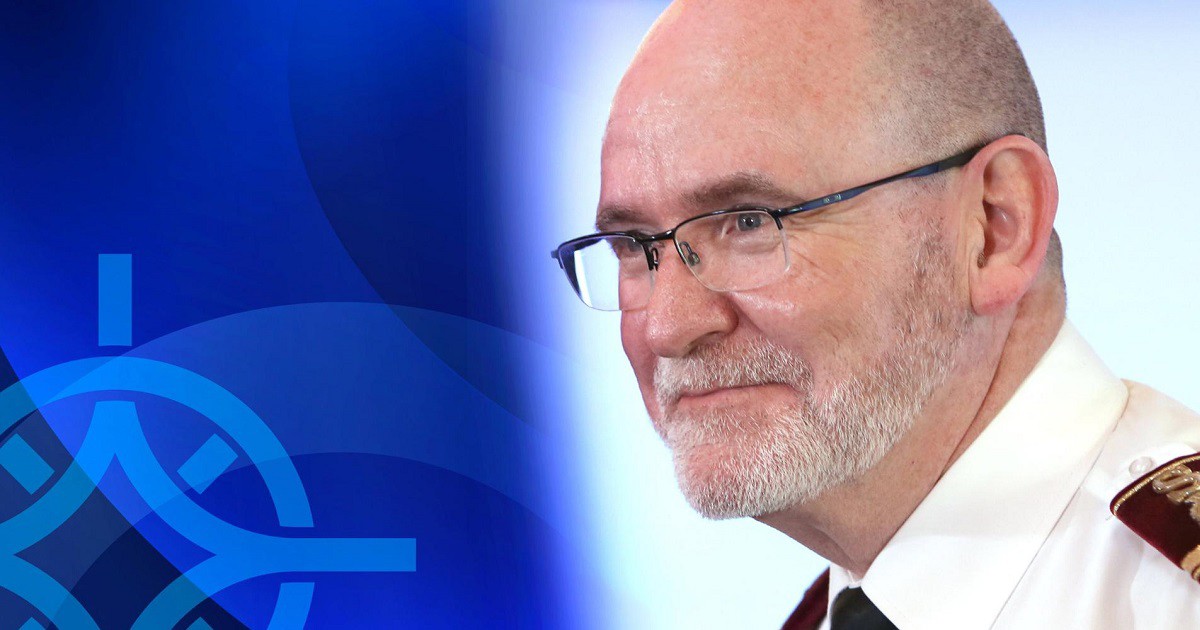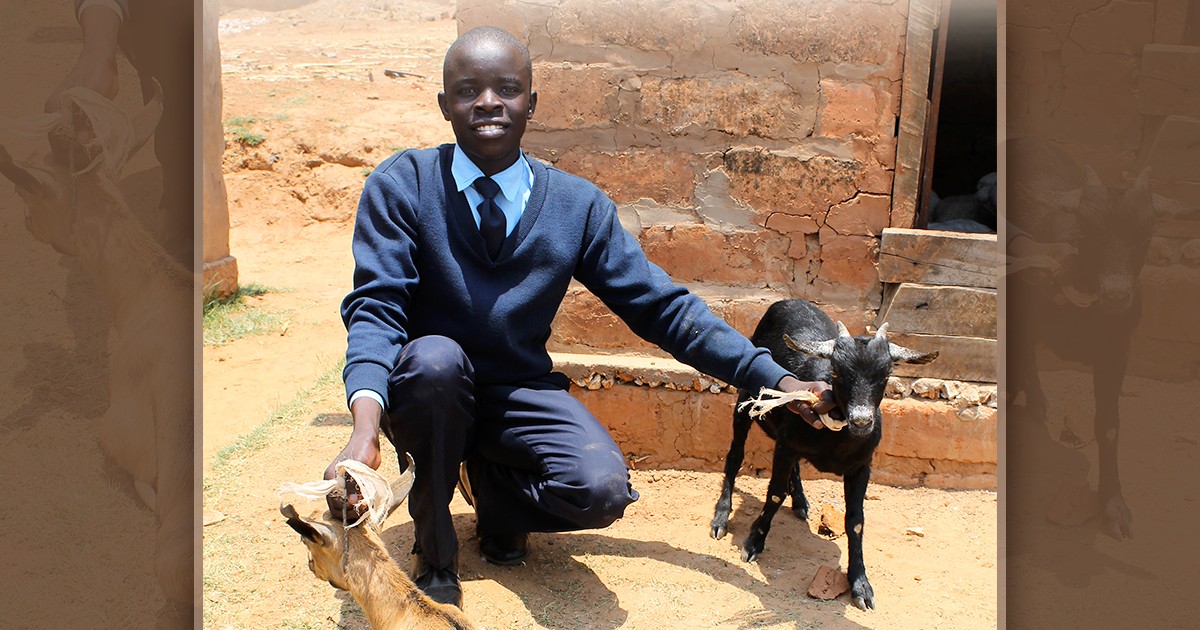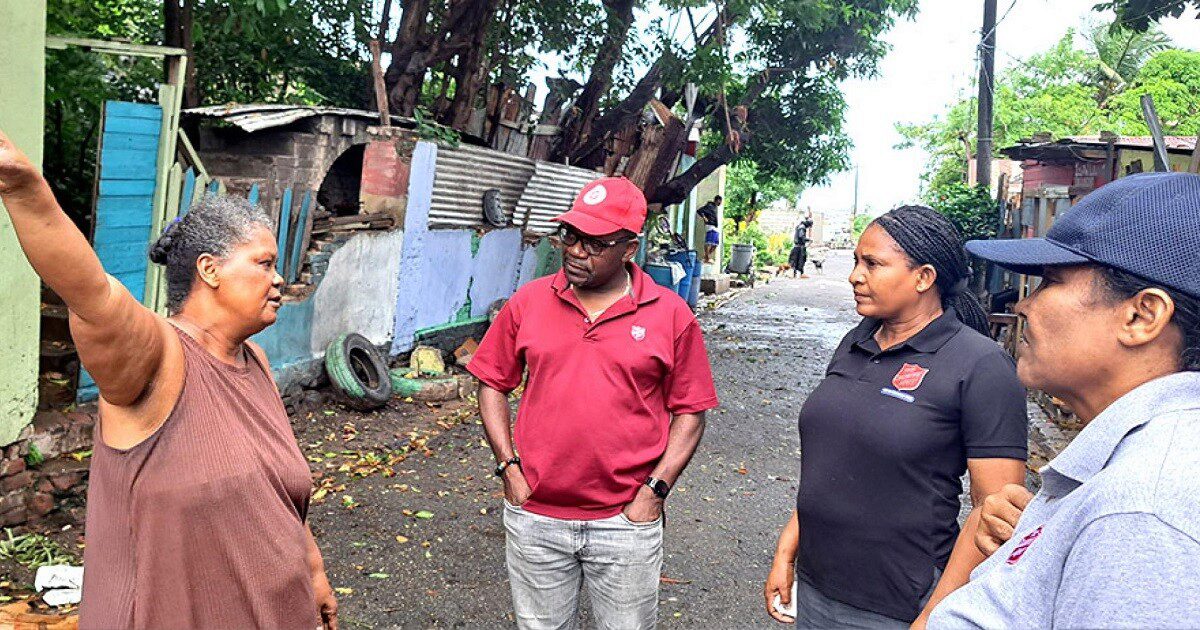In most cultures when we speak of time, we describe the future as being “ahead” of us and the past as “behind.” I recently learned that this metaphor is not universal. For the Aymara people living in the South American Andes, the reverse concept is used: they see the past as in front of us, because we have already experienced it and it holds no mystery. The future, though, is unclear, so it is pictured as being behind us where we cannot yet make it out. To me, this makes a lot of sense—though it is scary to think of ourselves as walking along life’s journey backwards!
In an organization with a history as long as The Salvation Army, it is tempting to look into the past—and there are good reasons for doing so. With more than 150 years of history, we find fascinating stories and colourful characters that inspire us, giving us ideas and providing us with a sense of optimism about what can be achieved. We can also learn from those occasions when things haven’t gone so well.
There is a danger in dwelling too much on our history, however. Sometimes it can place undue pressure on us, leaving us disappointed when we do not get the same results in different cultures and times. Sometimes we might try to copy what has been done before instead of emulating the spirit of these things and working out why they were a success. And sometimes we might treat The Salvation Army as a museum or heritage centre, instead of the living church and expression of God that it should be. The Aymara analogy of time illustrates how we naturally find comfort in our history because we can easily bring it to mind, but it is vital that we instead use the past to inform and encourage us—to mobilize and to go forward.
Today I am pleased to share with you the results of a new International Headquarters (IHQ) communications project to go some way to achieving just that. For many years, the IHQ website has contained a timeline of key dates in Salvation Army history—terms of office of each General, the spread of our work internationally and other such milestones. Though useful information, this page did not tell the story of a church that was started in Victorian London by one committed couple and can now be found in more than 128 countries and is known widely for its social work. The task to replace the page was a great opportunity to paint this picture and make it relevant—made more pressing by the fact that the old version no longer works due to outdated technology.
“Transforming lives since 1865: The story of The Salvation Army so far” is designed to be captivating to a wide audience—both those within our organization who know it well, and those who may know as little about it as its name. It uses eye-catching images both moving and still, and videos to bring another perspective.
 Throughout, we take care to show the modern Army. We tell the story of the first brass band, and also show how contemporary dance groups are motivated by that same desire to worship God and bless others. We explain the origins of the Army’s social work—In Darkest England and the Way Out being key—and describe how this looks today through our schools, health projects and other programs. Above all, we want those who visit the new resource to be left with the sense that this is an Army not just of the past, but of the present and the future, too.
Throughout, we take care to show the modern Army. We tell the story of the first brass band, and also show how contemporary dance groups are motivated by that same desire to worship God and bless others. We explain the origins of the Army’s social work—In Darkest England and the Way Out being key—and describe how this looks today through our schools, health projects and other programs. Above all, we want those who visit the new resource to be left with the sense that this is an Army not just of the past, but of the present and the future, too.
I have a vision of Salvationists and friends feeling able to share the resource with those outside the organization—perhaps by sharing the link and saying, “This is the church I attend” or “This is where I volunteer.” Who knows what conversations you might spark?
One of my favourite aspects of the project is the full-screen map under the “international” section. Using intervals of 10 or 20 years, the map slowly animates to build up a picture of the spread of the Army since 1865. I don’t think I’ve seen a depiction like this before now, but I found it a poignant sight the first time I viewed it. From the vision of William and Catherine Booth, a huge Army of people following God has grown in all corners of the planet, and naturally prompts one to wonder “What next—where will he take us?”
As part of The Salvation Army, we need to constantly be moving forward and thinking “What next?” Our history should inspire us, but we should never be afraid to try new things and to make sure we are always relevant. As you explore the new online version of the Army’s story, think: How will you play your part in the next part of its history?
Joseph Halliday is part of the IHQ communications team. Explore “Transforming lives since 1865: The story of The Salvation Army so far” at story.salvationarmy.org.










Leave a Comment